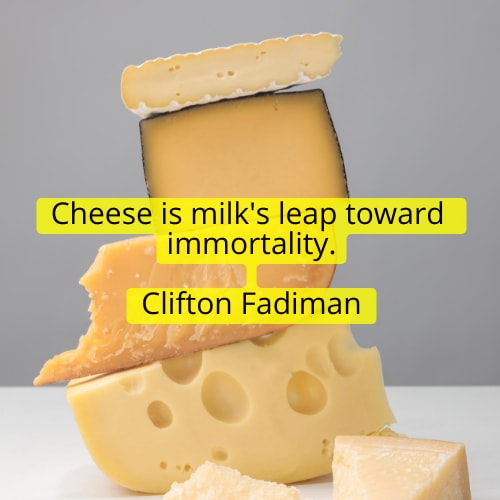Parmigiano Reggiano And Its DOP Roots Is The King Of Cheese
Often belittled to something just for grating over pasta, Parmigiano Reggiano is probably the most important cheese in the game.
This hard, crumbly cheese might be known for its strong umami flavour, but as an ingredient, its talents are endless: shave it over raw and cooked dishes, grate it into both creamy or meat-based sauces, incorporate it into pastry, bread or pasta dough, or even desserts and ice cream for nuttiness and depth (trust us, it’s *good*).
Even Parmigiano Reggiano on its own is versatile. Depending on its age, the flavour and texture of the cheese changes entirely: from the elastic, smooth and nutty young cheese at 18 months of maturation, to the increasingly deep, crumbly, and crystallised cheeses of 24 months, 36 months, 92 months and beyond.
Italians take Parmigiano Reggiano a bit more seriously than us Brits – and for good reason.
From its humble monastery beginnings, Parmigiano Reggiano is now so valuable, some Italian banks accept wheels of it as collateral for loans. And while that monetary value derives in part from its rich history, it’s mostly a result of the strict rules involved in the making process.
Why did they start making Parmigiano Reggiano and when?
The earliest record of Parmigiano Reggiano comes from 1254. Monks living in the Emilia Romagna region of Italy were looking for new ways to extend the shelf-life of the milk they were getting from their cows. They started playing with simple cheesemaking procedures involving just milk, whey, rennet and salt, and Parmigiano Reggiano was born.
It quickly became a favourite amongst the monastery’s residents; not only for the flavour, but because the cheese is made with half semi-skimmed milk. That meant that not ALL the milk from every milking needed to go into making the cheese: they could also produce butter from the same milk beforehand, and the leftover whey could be used to make ricotta, too.
Three delicious dairy products from one milking? You can see why it was a…
..


